Mealworm
Alphitobius diaperinus
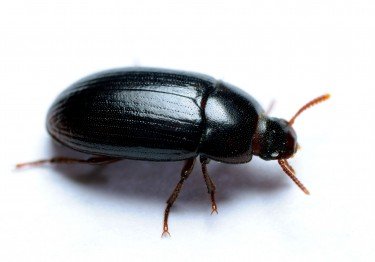
Poultry rearing conditions are very favorable to the development of the mealworm. The larvae, nymphs and adults colonize the litters, walls and floors of farms. Darkling beetles are mainly found in broiler and brood poultry farms, where their development conditions (heat, food, habitat) are optimal. They are also present in laying hens.
Mealworm
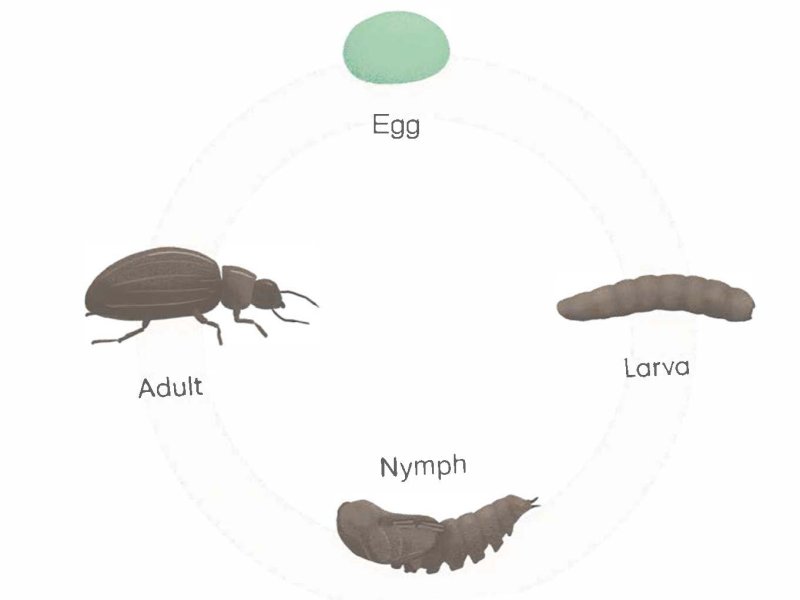
Life cycle
Life cycle time varies with temperature. This must be at least 15°C for the reproduction and development of Alphitobius diaperinus.
The adult female with a lifespan of between 70 and 400 days can lay up to 3.5 eggs/day. Eggs will hatch after 14 days at 20°C or after 4 days at 30°C. The larval phase lasts 100 days at 20°C or 40 days at 30°C. It consists of 6 to 11 stages. Pre-pupation, the phase just before pupation, takes place in a dry, warm and dark place for 17 days at 20°C and 5.5 days at 30°C.
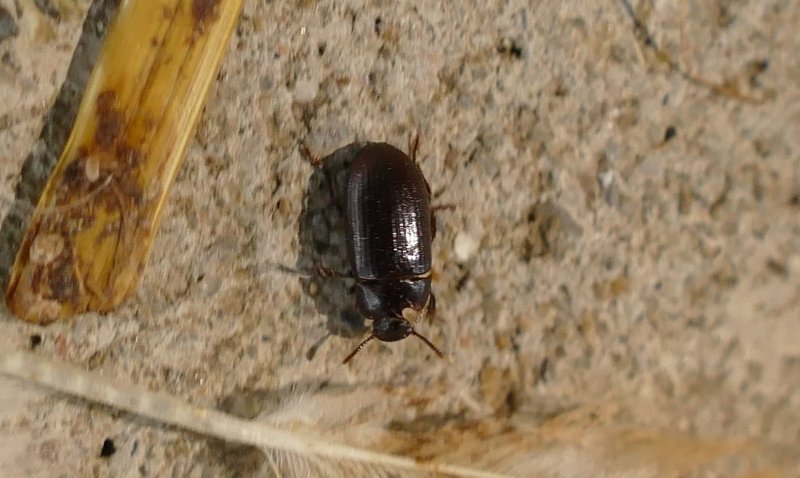
Identification
The adult, black and shiny, with a slightly flattened oval shape, is about 6 mm long. They are present in the litter, around the partitions and in the unfruitful areas of the building. Adults can be good fliers in certain conditions. The eggs are scattered in the substrate. The mealworm larvae are brown and hairless. Like adults, they are present in litter, food or on the ground. The larvae are able to dig into building materials and perforate insulation. The pupation takes place in an isolated place: in the partitions, the ground or the litter.
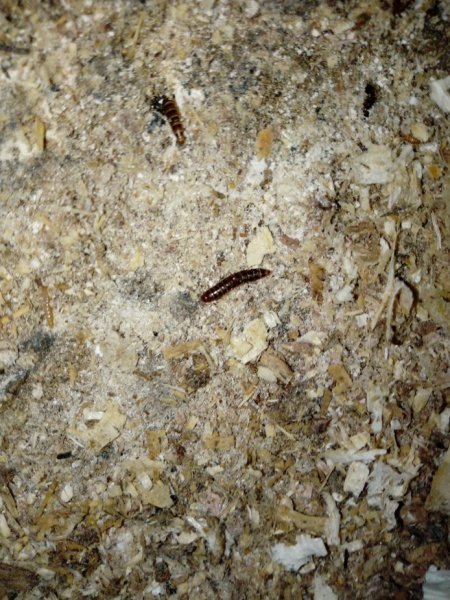
Natural habitat and behaviour
Alphitobius diaperinus is native to tropical regions, from Sub-Saharan Africa. The insect then became cosmopolitan and developed particularly in poultry farms in Europe. A first description was made in Brittany in 1977.
The species is mainly restricted to agricultural breeding and food storage sites.
The mealworms consume the waste of poultry, cereals and leftover food.
Areas where mealworms proliferate are under feeders or under load cells, in walls or partitions or in environmental enrichment elements (straw bales).
Nuisance/economical damage
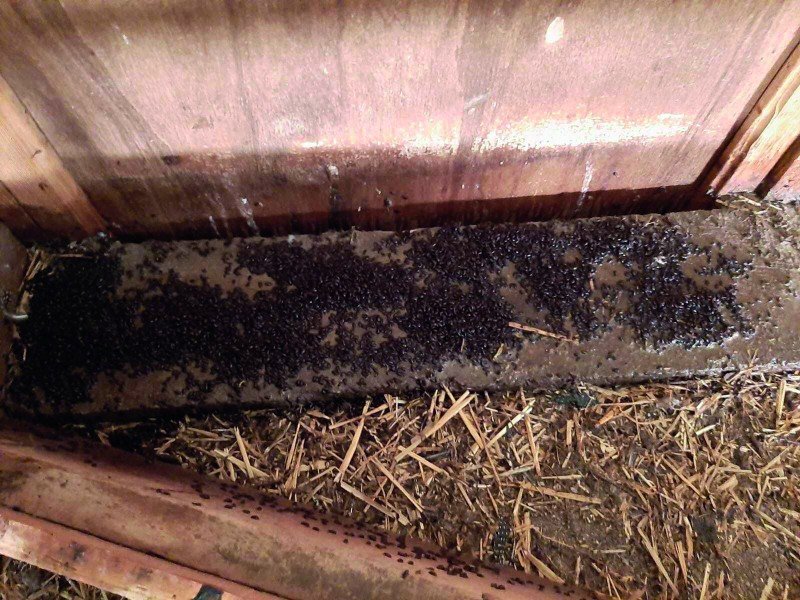
Degradation of buildings
By their action, mealworm larvae dig and perforate partitions and degrade insulation. The mealworm larvae migrate to pupate or when the temperature conditions are no longer met. They thus degrade the insulation and lower the thermal capacity of the building. The breeder is therefore forced to overheat.
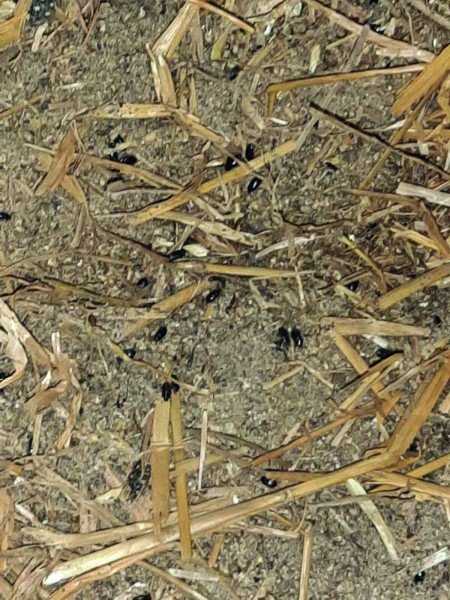
Disease vectors
By their comings and goings in the litter, these larvae can be vectors of pathogens for the animals that eat them. Nearly thirty pathogens can be transported by mealworms (on their exoskeleton or more frequently in their digestive tract).
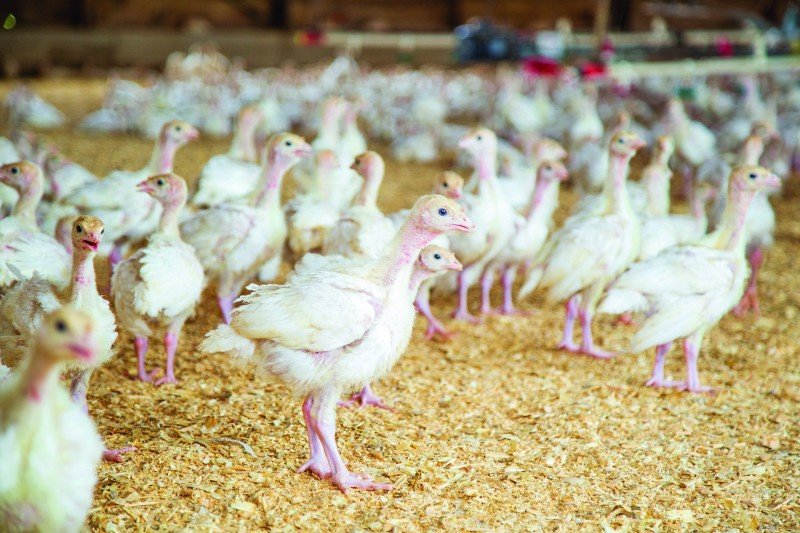
Nuisances for animals
Their presence is detrimental to the well-being of the animals and to the work of the breeder, collector and slaughterer. This extensive damage poses health and material problems which subsequently lead to additional costs for the breeder.
Control methods
- Monitoring (surveillance): To find out if there are mealworms, the breeder can observe the areas where mealworms are proliferating; in the litter under feeders or scales or around walls. It is also possible to use the TENEDROP trap to monitor populations.
- Control: the TENEDROP trapping method does not control mealworm populations. It participates in the elimination of adults and completes the means of control. In practice, "DARWIN" nematodes can be used to control mealworm populations. It is necessary to act as soon as the larvae appear in the litter.
Our solutions
Chemical solutions are not always effective, because the insects are difficult to reach in the building and the mealworm quickly develops a resistance to these products. Our BESTICO solutions use two techniques: trapping and the use of a microscopic worms which is a parasite of the mealworm and harmless to poultry.
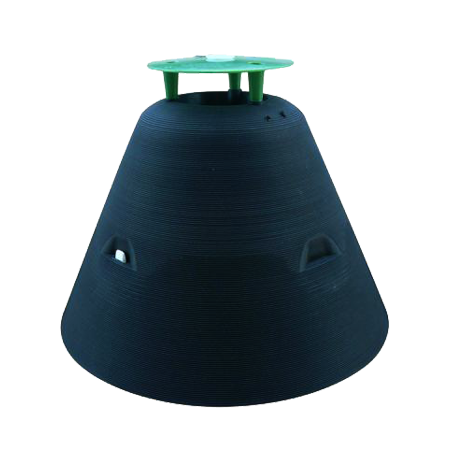
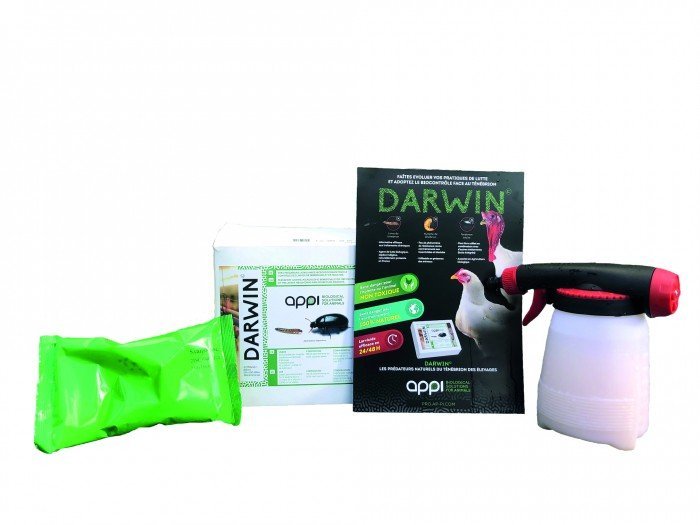
Darwin
It is a product containing entomopathogenic nematodes. The latter are natural parasites of mealworms. DARWIN worms preferentially attack larvae rather than adults.
These nematodes penetrate through the external openings of the mealworm larva, namely the stigmata, the mouth and the anus. They release toxins within the insect, which then dies within 48 hours.
The Darwin box contains 10 sachets of 250 million. One sachet covers an area of 250 m², and must be diluted in water before spraying. In broilers, it is necessary to apply the product twice, and three times in turkey farming. The first spraying is done in the presence of the animals by spraying. The product application areas are under localized where the larvae are found (under feeders, load cells, against walls and partitions).
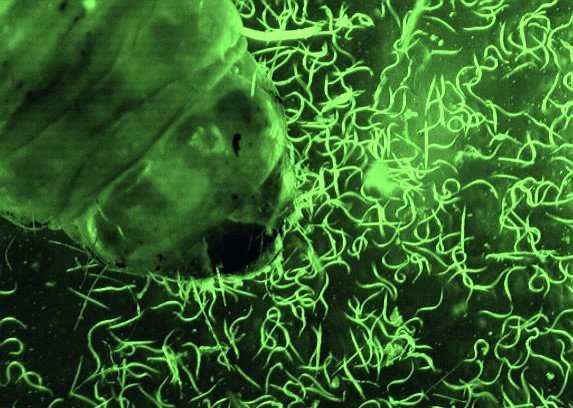
Nematodes

